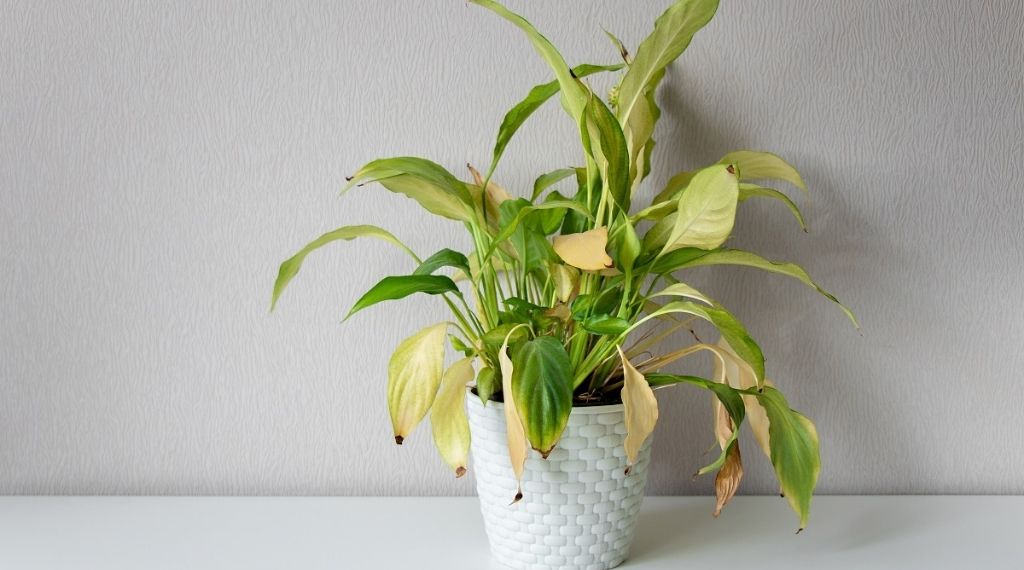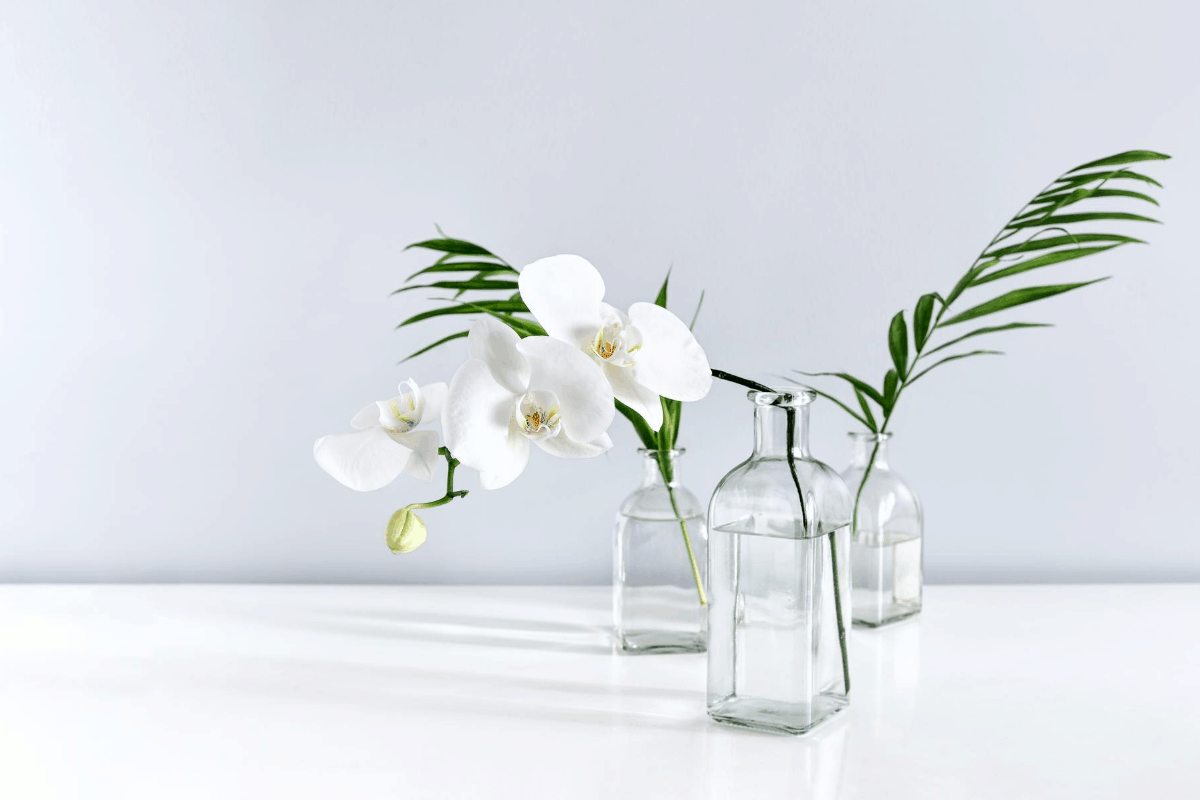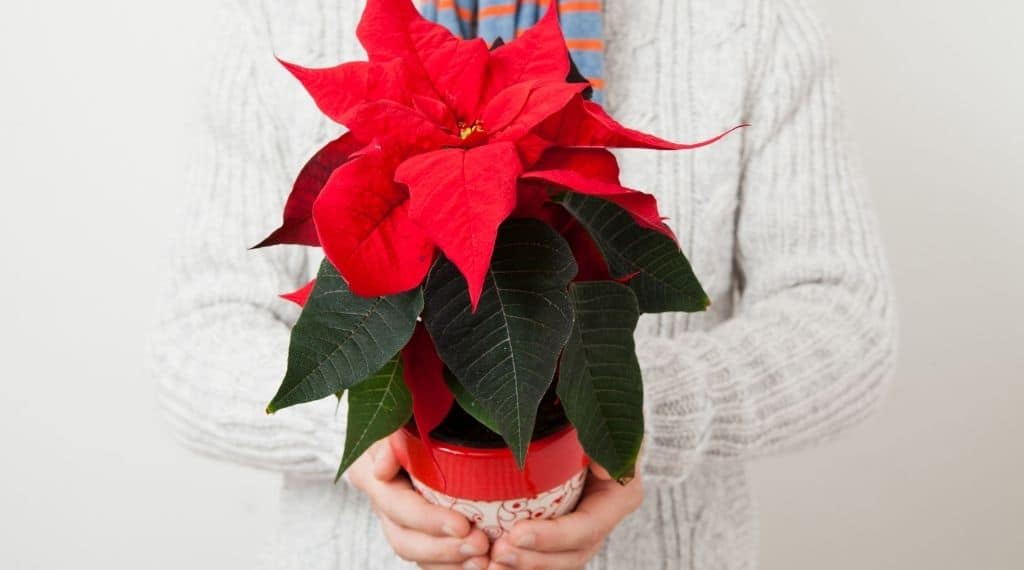Last Updated on October 10, 2021 by Plantiful Interiors
Indoor Plants Dying, Have Brown Spots, Wilting Or Have Yellow Leaves?
If your house plants have brown spots, yellow leaves or are wilting, that could be a sign that they are on the verge of dying. But all is not lost because this article will provide you with 11 things you can try to recover your dying indoor plants.
This post contains affiliate links. As an affiliate partner of various brands, we earn a little commission on qualifying purchases, at no extra cost to you. When you purchase through our links, you help our business to keep going. So thank you for your support! You may read our full disclaimer for more information.
Apart from their aesthetic appeal, indoor plants come with a list of scientifically proven benefits. Such as, they help lower stress, increase concentration and improve air quality. But lately, your indoor plant haven looks more like the tales of the crypt.
Is your Chinese Money Plant fading away or your Ivy Plant is about to croak? Perhaps your home office looks a little drab.
Before you give up and turn to cacti or succulents, this article also covers some of the most common reasons your indoor plants may be withering. As well as suggestions for restoring that healthy green quality.
4 Reasons Why Your Indoor Plants Are Dying
Indoor Plants Dying Due To Overwatering
Oftentimes, indoor plant owners misdiagnose issues and resort to the go-to panacea: monsoons of love. However, the leaf-curling and overall droop in their plants could actually be caused by regular overwatering.
Related: Best Plants For Self-Watering Pots
Overwatering leads to root rot because the soil’s air pockets are being routinely congested and the fine root hairs can’t metabolize enough oxygen.
The roots suffocate and so does everything else. Pots that aren’t draining properly are the primary culprit for water retention issues.
How to Revive Indoor Plants From Overwatering
Here are some maintenance tips to try if you suspect you’ve been overwatering your house plants:
- Cut back on watering: Save your plants from early death by scaling back on the watering routine or just using smaller amounts of water. Think gentle rains. Less is usually more. If the soil is allowed to dry, the roots can breathe.
- Check your pots for drainage holes: Make sure your pots come equipped with drainage holes so the plant can recover from excess water.
Now, let’s take a look at underwatering.
Indoor Plants Dying Due To Underwatering
Another obvious reason for indoor plants dying is due to underwatering. One telltale indicator of underwatering is dry soil, leaf edges and tips.
Update your plants with some beautiful pots.
If the plant isn’t getting enough water, the growth process will be slow so you won’t be finding many new leaves. Another problem could be your plants are getting too much sunlight.
Before entire leaves fall off, nurse your plants back to health by increasing the regularity of watering. If you’re gone for long periods of time, consider succulents or orchids.
Hardier and more accustomed to drier climates, they last longer on low water supply.
How to Revive Indoor Plants Dying From Over-watering
Here are some maintenance tips for if you’re under-watering your plants:
- Water more often
- Move plants to shady area
- Set reminders on your phone
Now, let’s move on to pests.
Indoor Plants Dying Due To Pests
This is probably every indoor plant owner’s worst nightmare: bugs. Among the most common vermin are aphids, scales, and fungus gnats.
Indoors, the environmental conditions for your plants are inevitably going to be less than ideal which makes them more vulnerable to insects.
If your plant stems appear off-color or strangely speckled, check for creepy crawlies. For example, when your plant has aphids, they secrete a gross sticky-looking substance known as honeydew.
As if that wasn’t bad enough, honeydew contributes to the appearance of black, sooty mold spots on leaves.
Scales are the vampires of the pest underworld. They literally suck the life out of your plant stems and emit the same kind of zombie goo.
Don’t confuse fungus gnats with the harmless kind. With their long spindly legs, they resemble mosquitoes more. The damage they leave looks like root rot with lower leaves turning yellow and falling off.
How to Revive Indoor Plants Dying From Pests
Here are some maintenance tips for if your plants have pests:
- Rinse plants thoroughly
- Invest in insecticidal soap
- Gently scrape off more stubborn pests
Now, let’s take a look at imbalance light exposure
Indoor Plants Dying Due To Imbalanced Light Exposure
Another key contributor to mass indoor plant death is the lack of or overexposure to sunlight. Some plants, like umbrella plants, require proximity to bright light while others need more indirect sunlight.
Catch the signs early. If a plant is receiving too much sun, you’ll see dark spots developing on the leaves.
If your plant is yellowing or looking sickly, it could probably use a tan so place it in an area with access to more sunlight.
How to Revive Indoor Plants Dying From Imbalanced Light Exposure
Here are some maintenance tips for if your house plants are receiving too much or too little sunlight:
- Move plants from heavily lighted areas
- Add curtains to the nearby windows to diffuse light
- Prune leaves that are too far gone
Now you know all about why your indoor plants may be dying.
Conclusion
Don’t give up on the indoor plant idea just yet. If you’re watchful, you’ll nip these issues in the bud. You’ve got a comprehensive list of warning signs now. Keep an eye out for brittle leaves, stems that are keeling over, and unwanted slime.
Research your plants as to how much sunlight is optimal for their best growth. Track your watering routine: not too much, not too little. Reviving your plants is usually just a matter of awareness and slight changes in habit. So yes, the hanging ivy was a great idea but cacti are cool too.




